Why Nature Map Earth?
The international community has adopted ambitious targets for reducing and reversing the loss of biodiversity and other ecosystems services by 2020, but these targets will be missed. The international community will adopt new biodiversity targets at the CBD COP15 in China. Nature Map is developing integrated maps of conservation and restoration opportunities that allow policymakers, civil society, and businesses to operationalize targets by translating them into geographically explicit priorities for conservation and restoration. These tools are urgently needed to help countries include actionable spatial maps and targets in their climate and biodiversity strategies.
Will Nature Map set targets for biodiversity and how does it relate to the Aichi Biodiversity Targets and proposals, such as Half Earth?
Targets for biodiversity and other ecosystem services must be set by governments. Civil society organizations and businesses may adopt their own science-based targets. Nature Map is not setting any targets, but instead develops decision-support tools to help countries decide on international targets and translate their political commitments into operational strategies that tackle conservation and restoration priorities.
Many biodiversity maps are available, so what’s new about Nature Map?
Indeed, a lot of biodiversity data is available as maps and some integrate across several dimensions of biodiversity. Nature Map’s contributions are to: (i) identify and integrate new data layers, including but not limited to reptiles, plant taxa, soil and biomass carbon, and hydrological services; (ii) crowd-source new data, particularly on forest management, and identify areas of greatest uncertainty so that they can be filled through scientific research; (iii) aggregate the information at the highest possible resolution and rate each area (pixel) by how much biodiversity and carbon it contains; and (iv) generate new information on areas of greatest restoration potential.
What does “nature” mean?
We use the term “nature” to describe the different dimensions of biodiversity, carbon contained in soils and biomass, and other ecosystem services, such as hydrological flows.
Why does Nature Map only cover terrestrial biodiversity and ecosystem services?
Nature Map focuses its technical work on consolidating data for nature on land. We are coordinating with other initiatives that are developing maps of ocean and coastal conservation as well as restoration priorities. Working with National Geographic Society, Nature Map is seeking to integrate maps for biodiversity, carbon, and ecosystems services in terrestrial, costal, and marine ecosystems.
How will this map be useful for governments, business, civil society, and academia?
- Governments can use Nature Map to strengthen national data and to translate targets into operational spatial objectives. Of course, this alone will not guarantee success, as countries must also develop and implement strategies to meet these objectives. However, the human pressures on habitats and species are so high that the absence of clarity on how to translate high-level goals into priorities for conservation, restoration, and sustainable development would almost certainly lead to failure in halting the loss of biodiversity or in pursuing large-scale restoration. For this reason, a particular focus of Nature Map is to help strengthen national climate and biodiversity strategies by supporting the inclusion of actionable maps.
- Businesses can use Nature Map to develop their own science-based targets and understand the impact of their activities and supply chains on biodiversity, soil and biomass carbon, as well as other ecosystem services. They can also use the information to identify and mitigate risks in each of their markets.
- Civil society can use Nature Map for identifying conservation and restoration priorities, promote integrated approaches to ecosystem services management, monitor progress, and advocate for a higher level of ambition.
- Academia and researchers will be able to identify and help close data and other knowledge gaps in our understanding of conservation and restoration priorities. They can also use Nature Map to develop long-term pathways toward sustainable land-use and food systems that show how the SDGs and objectives of the Paris Agreement can be achieved.
Why focus on global maps when some countries have better national data available?
Nature Map informs the global discussions around the 2020-2030 framework of the CBD as well as the implementation of the Paris Agreement on climate change. Many countries lack integrated, geospatial data that can assist them in making their targets for conservation and restoration operational, as evidenced by the absence of maps in national climate and biodiversity strategies. Naturally, some countries have access to more detailed and comprehensive national data, and such data should of course take precedence over global data. In our experience, such countries benefit from some of the data layers made available through Nature Map as well as the methodology for combining the data layers and prioritizing areas for conservation and restoration. We are currently working with partners in Argentina and Mexico, and we are available to support other countries.
Which data will you use?
Nature Map consolidates the best available global data, including through crowd-sourcing campaigns. We focus on data that is available globally with a high degree of consistency.
How do you ensure transparency and technical rigor?
We consult extensively with scientific organizations and CBD national focal points to discuss data and methodologies. This includes expert workshops and online consultations. All data is made publicly available through the UN Biodiversity Lab, and findings have been submitted to rigorous scientific peer reviews.
Who is behind Nature Map and who funds this initiative?
The initiative is implemented jointly by the International Institute for Applied Systems Analysis (IIASA), the Instituto Internacional para Sustentabilidade (IIS), the UN Sustainable Development Solutions Network (SDSN), and the UN Environment World Conservation Monitoring Center (UNEP-WCMC). It is funded by Norway’s International Climate Initiative (NICFI). The funder has no influence on the scientific findings of Nature Map, which will all undergo scientific peer review.
How can I find out more and contribute to Nature Map?
We welcome help and support in building Nature Map. Up-to-date information on the initiative will soon be available at www.naturemap.earth. You can then contact us at info@naturemap.earth.





